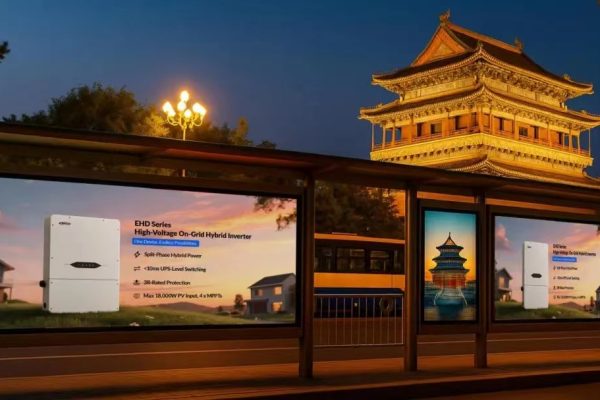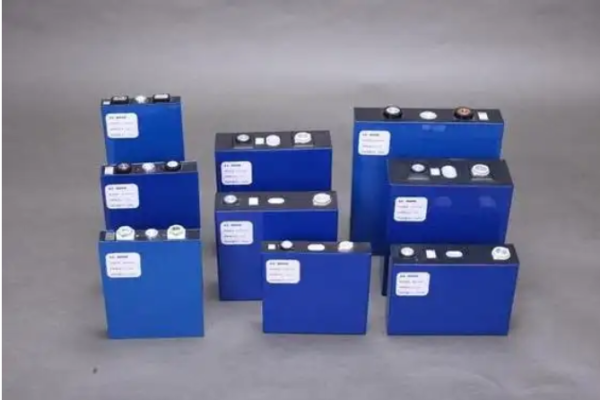A Practical Guide for BESS, Renewable Energy, and Battery System Suppliers
In the energy storage and renewable energy industry, export transactions often involve high-value orders, long lead times, and complex logistics.
For Battery Energy Storage Systems (BESS) suppliers, Letters of Credit (L/C) are a common way to secure payment while ensuring buyers receive goods as agreed. Understanding how L/C works is essential to protect cash flow, manage risk, and maintain professional credibility.
1. What Is a Letter of Credit (L/C)?
A Letter of Credit is a bank guarantee on behalf of the buyer, promising the supplier will be paid if the required documents are presented correctly.
Key points:
- It is a conditional payment method — the bank pays if the supplier fulfills document requirements.
- It reduces risk for both parties: suppliers get secured payment, and buyers ensure goods are shipped as agreed.
L/C is widely used for high-value BESS modules, inverters, or integrated energy storage projects.
2. Types of L/C Relevant to Energy Storage Trade
2.1 Sight L/C
- Payment occurs immediately upon presentation of compliant documents.
- Most common for first-time buyers or high-value shipments.
2.2 Usance/Deferred L/C
- Payment occurs after a specified period (e.g., 30, 60, 90 days) following document presentation.
- Useful for buyers needing short-term financing.
- Supplier takes some credit risk during the deferred period.
2.3 Revocable vs Irrevocable L/C
- Irrevocable L/C: Cannot be changed without the supplier’s agreement (most common in BESS exports).
- Revocable L/C: Can be modified by the buyer without consent — not recommended for high-value exports.
3. How the L/C Process Works
Step 1: Contract Negotiation
- Supplier and buyer agree on terms, including L/C type, amount, expiry date, and required documents.
Step 2: Buyer Applies for L/C
- Buyer’s bank issues L/C in favor of the supplier.
- Supplier receives L/C notification via their bank.
Step 3: Supplier Prepares Shipment
- Manufacture or prepare BESS modules, inverters, or renewable energy equipment.
- Arrange logistics and shipping.
Step 4: Document Preparation
Common documents include:
- Commercial invoice
- Packing list
- Bill of Lading (B/L)
- Certificate of origin
- Insurance certificate
- Test reports or compliance certificates (UL, IEC, CE)
Step 5: Document Submission
- Supplier submits documents to their bank, which checks compliance with L/C terms.
Step 6: Bank Payment
- If documents comply, the bank pays the supplier (sight L/C) or accepts deferred payment (usance L/C).
Step 7: Buyer Receives Documents
- Buyer uses documents to clear customs and receive goods.
4. Advantages of L/C in BESS Exports
✅ 4.1 Secure Payment
- Reduces risk of non-payment for large or first-time orders.
✅ 4.2 Facilitates High-Value Projects
- Energy storage exports often exceed hundreds of thousands to millions of USD. L/C ensures suppliers can safely ship goods.
✅ 4.3 Buyer Confidence
- Buyers can trust suppliers will ship as per contract without upfront full payment.
✅ 4.4 International Credibility
- Using L/C shows professionalism and bank-backed reliability, strengthening supplier image in global markets.
5. Challenges and Risks
❌ 5.1 Strict Documentation Requirements
- Even minor discrepancies can delay or reject payment.
- For BESS exports, technical documents must match exactly: model numbers, specifications, certification labels.
❌ 5.2 Bank Fees
- L/C processing fees can range 0.5%–3% of the contract value, depending on bank and terms.
❌ 5.3 Time-Consuming
- Document checking and amendments can delay shipment or payment.
- Mistakes may require re-shipment of corrected documents.
❌ 5.4 Complex for New Suppliers
- First-time exporters often struggle with bank procedures, especially for high-tech equipment like BESS, inverters, or hybrid systems.
6. Best Practices for BESS Suppliers Using L/C
6.1 Understand L/C Terms Thoroughly
- Review L/C conditions carefully before production.
- Pay attention to expiry date, shipment window, document list, and consignee details.
6.2 Hire Experienced Trade Finance Staff
- L/C compliance is technical — missteps can delay payments.
- Engage staff familiar with BESS specifications and shipping documents.
6.3 Prepare All Technical Documents in Advance
- Commercial invoice, packing list, Bill of Lading
- Certificates: UL, CE, IEC 62619, ISO 9001, etc.
- Test or QC reports requested by buyer or bank
6.4 Communicate With Buyer Early
- Confirm document formats, names, and technical details to prevent discrepancies.
6.5 Consider Partial L/C + T/T
- For very large projects, split payment: deposit via T/T, balance via L/C
- Reduces cash flow pressure and risk for both parties.
7. How L/C Strengthens Professional Image
- Shows that the supplier understands international trade finance.
- Demonstrates commitment to secure, high-value exports.
- Builds trust with buyers who may require bank-backed guarantees for technical equipment like BESS systems.
- Positions the company as global-ready, professional, and reliable.
8. Common Mistakes to Avoid
- ❌ Shipping goods before L/C is confirmed
- ❌ Misaligning product model numbers, specs, or certifications with L/C requirements
- ❌ Ignoring expiry or shipment deadlines
- ❌ Not consulting banks for document format and compliance
- ❌ Overlooking fees and currency conversions
9. Practical Example
Scenario: Exporting a 1 MWh BESS system to Europe
- Buyer requests irrevocable sight L/C for $800,000
- Documents required: commercial invoice, packing list, Bill of Lading, certificate of origin, UL & IEC certification
- Supplier prepares shipment, submits documents, and receives payment from bank upon compliance
Result:
- Supplier mitigates risk of non-payment
- Buyer ensures compliance and secure delivery
- Professional image strengthened through bank-backed reliability
For energy storage and BESS suppliers, L/C is more than a payment method — it is a risk management and credibility tool.
- Use irrevocable L/Cs for first-time buyers or high-value projects
- Prepare technical and shipping documents meticulously
- Communicate proactively with buyers and banks
- Consider hybrid payment structures for cash flow flexibility
A well-managed L/C process not only secures payment but also enhances your professional image, signaling that your company is a reliable global partner in energy storage exports.









